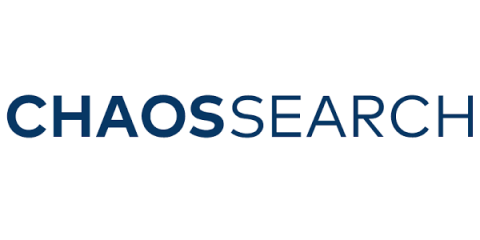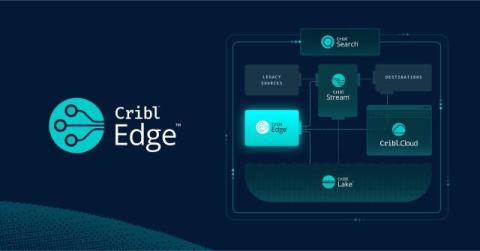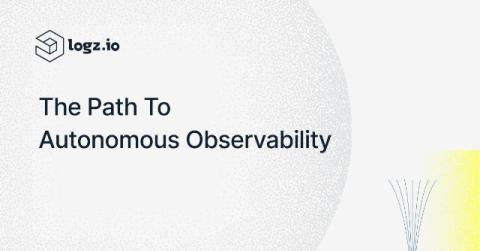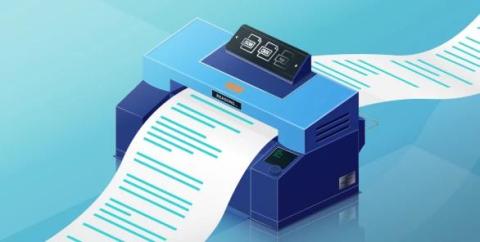Going Beyond CloudWatch: 5 Steps to Better Log Analytics & Analysis
Amazon CloudWatch is a great tool for DevOps engineers, developers, SREs, and other IT personnel who require basic Amazon Web Services (AWS) log processing and analytics for cloud services and applications deployed on AWS. However, most developer teams will ultimately need more logging functionality than a basic AWS log analyzer like Amazon Cloudwatch can provide. For example: That’s why, although CloudWatch may be one tool in your log analytics strategy, it probably should not be the only one.











